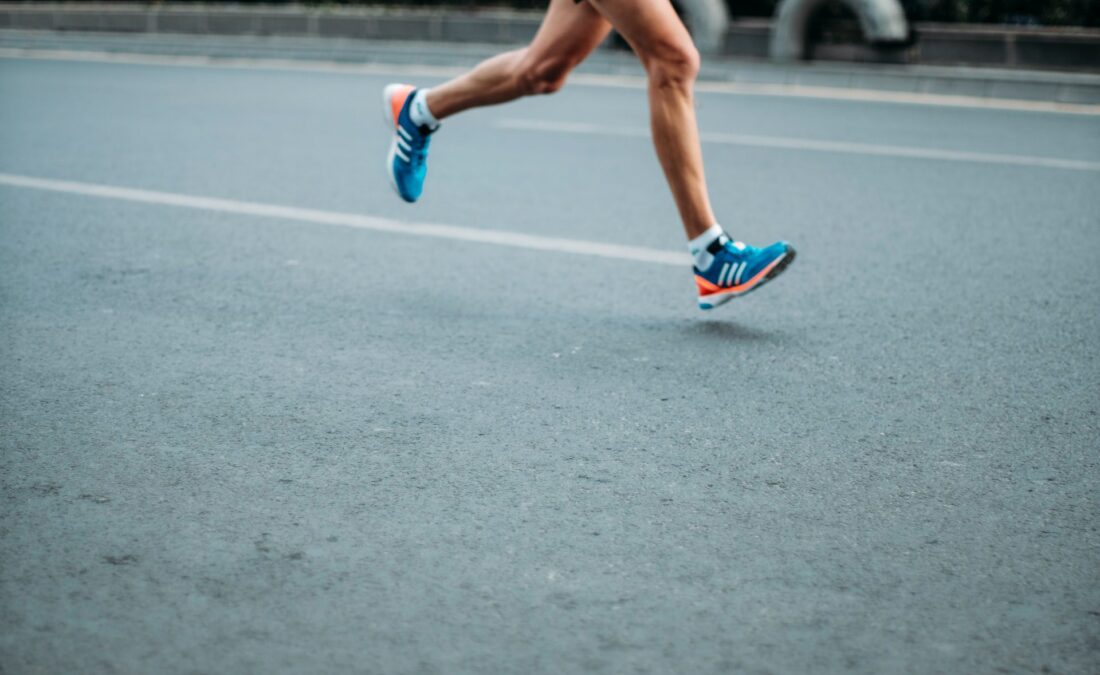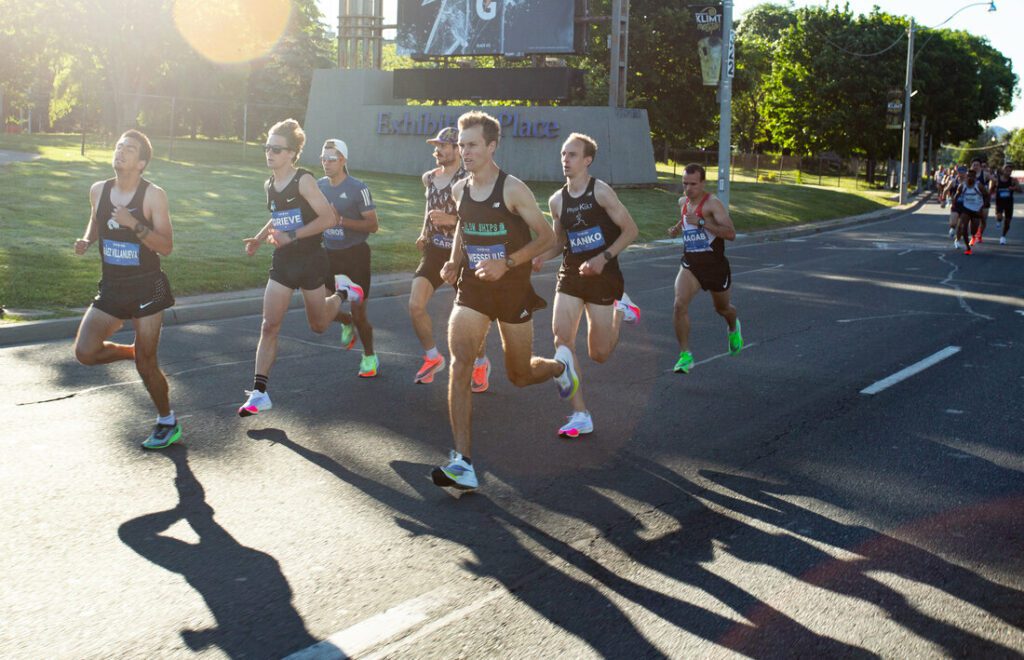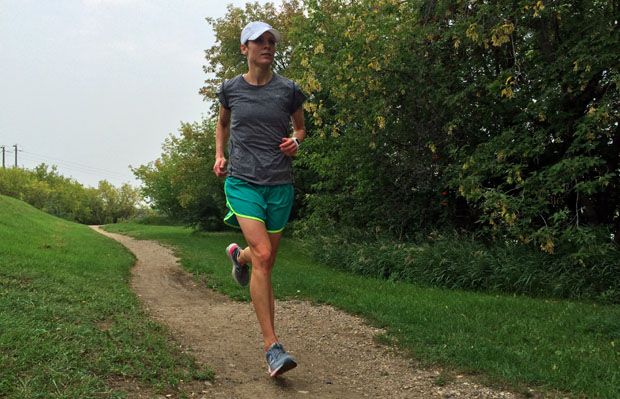Predict your 10K finish with this 5K workout
Set yourself up for spring success with this predictor workout

After a few months of cold weather and wintry conditions, it can be difficult to predict your fitness for a spring race. If you’ve never run that distance, there are a few methods for predicting pace. One of the most important methods is to do workouts that will get you closer to your training goal.
If you have a 10K on the horizon, here is an ideal workout to figure out where you are in your training.

Workout:
Five reps of one kilometre with 90 seconds rest
Let’s say your goal is to break 45 minutes for 10K. Each rep should be run at a 4:30/km pace or faster. If you can comfortably hold the goal pace over all five reps, breaking 45 minutes (or your goal time) shouldn’t be a problem.
If you found the workout too easy, you can make it harder by doing the five reps on only 60 seconds of rest.

Another way to calculate your 10K finishing time: Do the workout at your 5K race pace. Then use the average pace of the five 1K reps to calculate your 5K pace. Then determine your 10K pace by doubling your 5K time and adding a minute or two.
According to Jack Daniels VDOT calculator (a measure of your current running ability based on a recent race result or current training paces), most runners have a variance of one or two minutes between their 5K time doubled and their 10K time. Therefore, the calculation of doubling your recent 5K time and adding a minute or two should give you a window to work toward.

